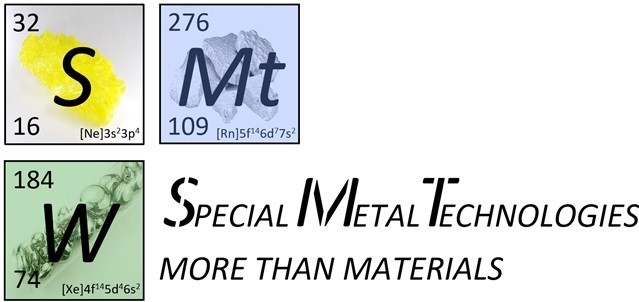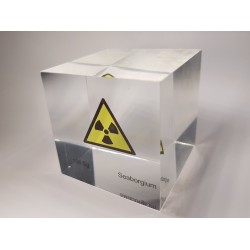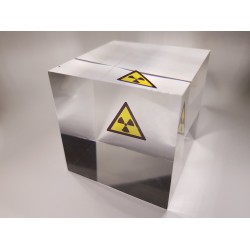- Shop
- Acrylic cubes
-
Elements
- Hydrogen
- Helium
- Lithium
- Beryllium
- Boron
- Carbon
- Nitrogen
- Oxygen
- Fluorine
- Neon
- Sodium
- Magnesium
- Aluminium
- Silicon
- Phosphorus
- Sulfur
- Chlorine
- Argon
- Potassium
- Calcium
- Scandium
- Titanium
- Vanadium
- Chromium
- Manganese
- Iron
- Cobalt
- Nickel
- Copper
- Zinc
- Gallium
- Germanium
- Arsenic
- Selenium
- Bromine
- Krypton
- Rubidium
- Strontium
- Yttrium
- Zirconium
- Niobium
- Molybdenum
- Technetium
- Ruthenium
- Rhodium
- Palladium
- Silver
- Cadmium
- Indium
- Tin
- Antimony
- Tellurium
- Iodine
- Xenon
- Cesium
- Barium
- Lanthanum
- Cerium
- Praseodymium
- Neodymium
- Promethium
- Samarium
- Europium
- Gadolinium
- Terbium
- Dysprosium
- Holmium
- Erbium
- Thulium
- Ytterbium
- Lutetium
- Hafnium
- Tantalum
- Tungsten
- Rhenium
- Osmium
- Iridium
- Platinum
- Gold
- Mercury
- Thallium
- Lead
- Bismuth
- Polonium
- Astatine
- Radon
- Francium
- Radium
- Actinium
- Thorium
- Protactinium
- Uranium
- Neptunium
- Plutonium
- Americium
- Curium
- Berkelium
- Californium
- Einsteinium
- Fermium
- Mendelewium
- Nobelium
- Lawrencium
- Rutherfordium
- Dubnium
- Seaborgium
- Bohrium
- Hassium
- Meitnerium
- Darmstadtium
- Roentgenium
- Copernicium
- Nihonium
- Flerovium
- Moscovium
- Livermorium
- Tennessine
- Oganesson
- Buch
- References
- Periodic Tables
- Metalle Wimmer
- Metametals
Seaborgium
Seaborgium, with the chemical symbol Sg and atomic number 106, is an artificially produced chemical element that was first synthesized in 1974 at the Gesellschaft für Schwerionenforschung (GSI) in Darmstadt, Germany. The discovery is credited to the research of Albert Ghiorso, Gottfried Münzenberg, Peter Armbruster, and their teams. Scientists created Seaborgium through the fusion of 208Pb with 58Fe nuclei.
The name "Seaborgium" honors the American chemist and Nobel laureate Glenn T. Seaborg, who made significant contributions to the exploration of transuranic elements. The discovery of Seaborgium further confirmed the existence of elements beyond the periodic table. Seaborgium is extremely rare on Earth and does not occur naturally. It is artificially produced in particle accelerators and has limited applications. Due to its short half-lives, Seaborgium has no practical uses outside of research.
The key Seaborgium isotopes are Seaborgium-269 and Seaborgium-270. Seaborgium-269 has a half-life of about 14 minutes, while Seaborgium-270 is approximately 2.4 minutes.
There are 2 products.
Active filters


